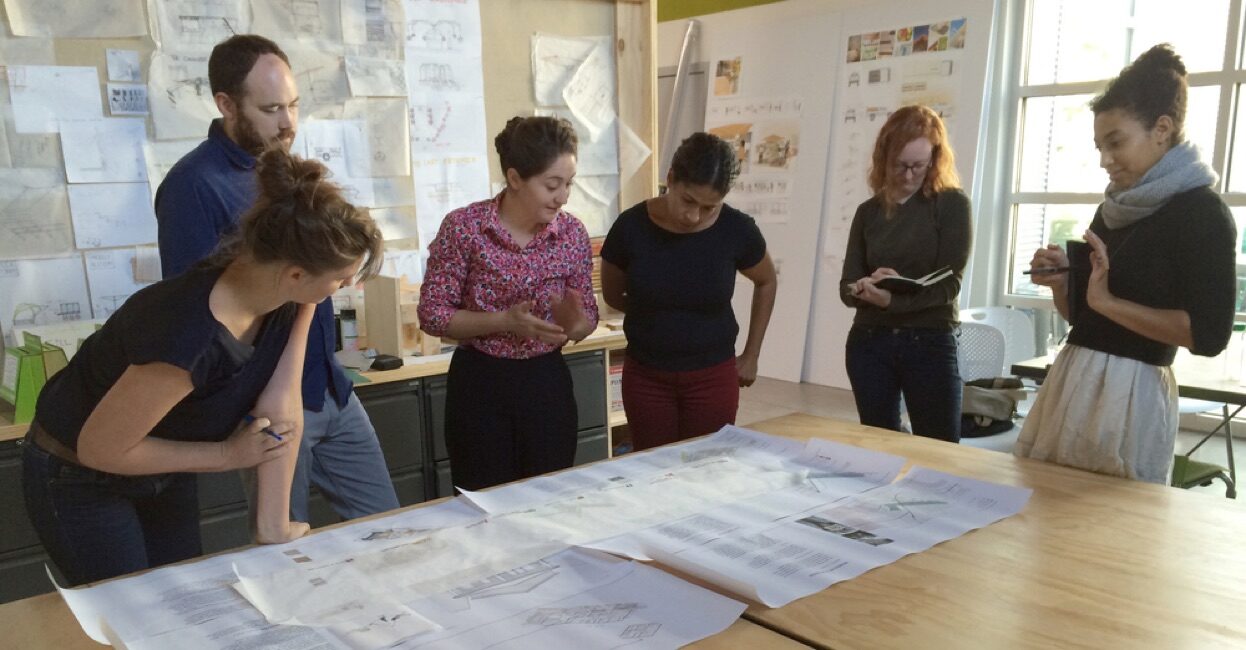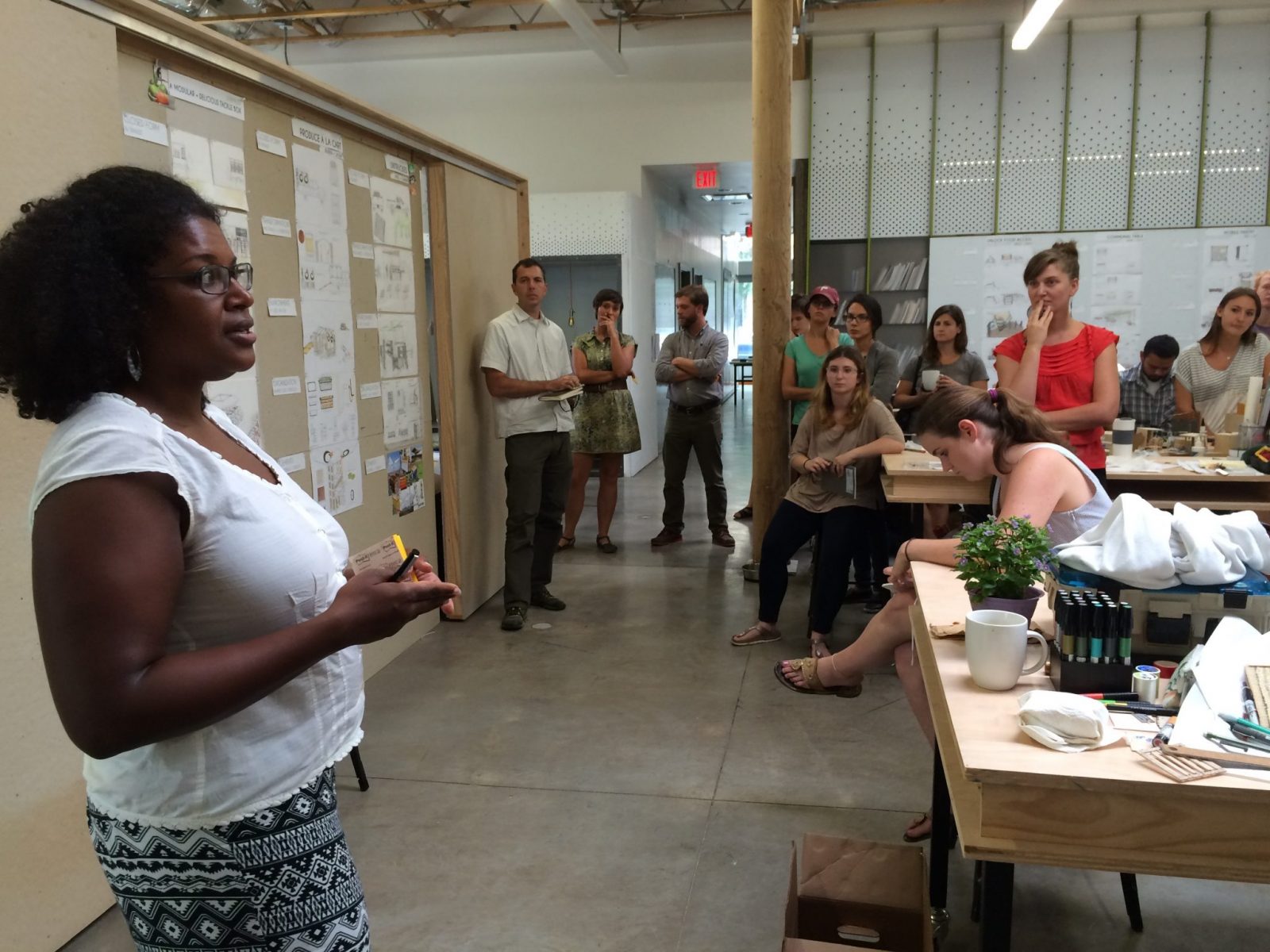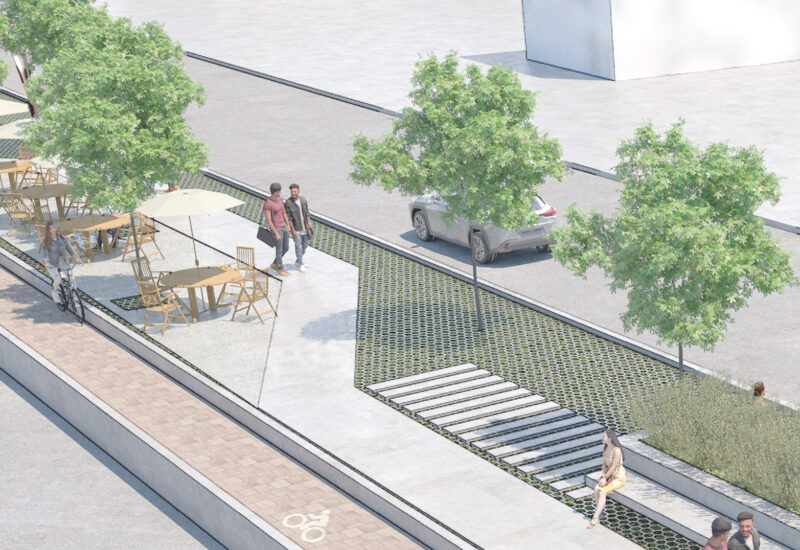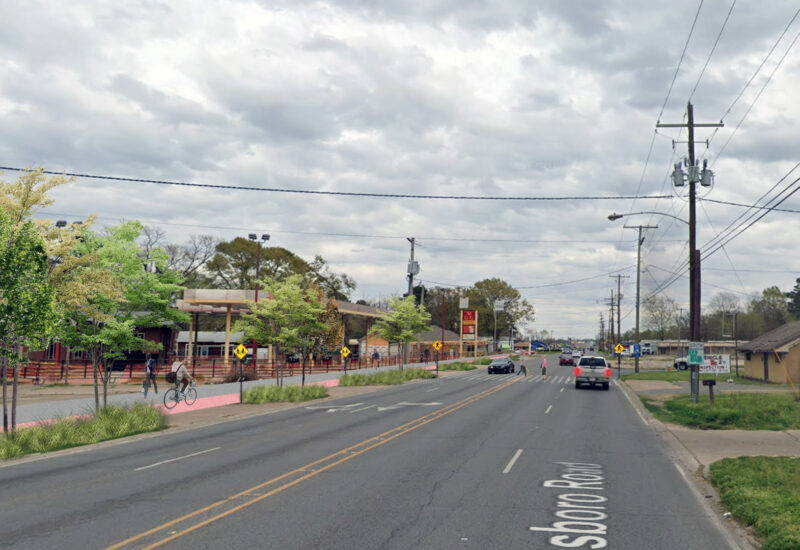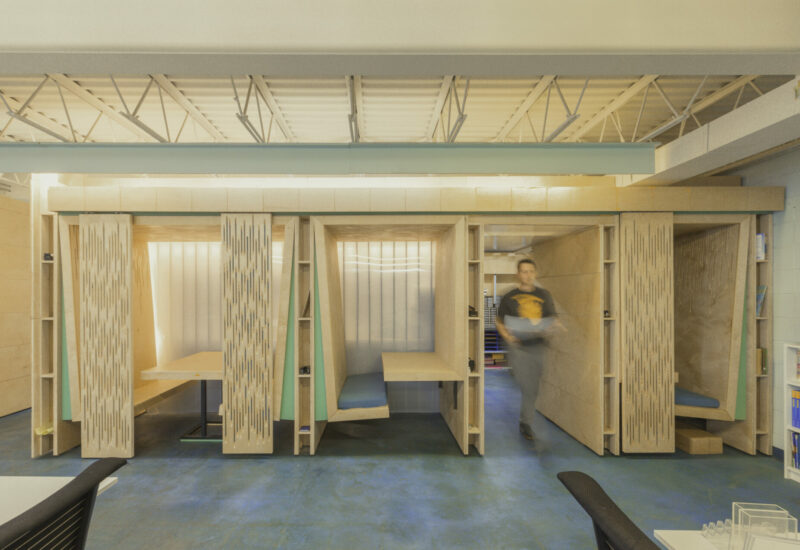Our Process
Each project begins as a proposal from a community-based organization and is developed in partnership with the organization and its constituents.
We work with organizations that are deeply rooted in the communities they serve, and use the design process as a means to convene new allies and supporters for our partner organizations, expanding their organizational capacity, while strategically including their current stakeholders, staff, and end users.
Once a partnership is started, the team holds multiple meetings with the community partner to learn more about the proposed project. By exploring the ecosystem in which our partner operates – the constituents, stakeholders, funders, and naysayers – we work together to develop a design process that strengthens connections and shapes project outcomes through inclusion and feedback. Within these initial meetings we collectively define success for the project, outline the parameters of our work and define goals within three categories: an appropriate design product, a stronger coalition for advocacy, and the education of young designers.
All projects are developed in a collaborative process that engages the organization’s constituents and stakeholders to better shape the final product and to strengthen the organization’s network at a moment of change. Each team is composed of School of Architecture faculty and students, with support and guidance from our staff. We invite outside consultants and university-partners based on the expertise needed to meet the project goals. Frequent collaborators include structural engineers, landscape architects, real estate development students, planners, public health students, and past project partners who form a team set on moving projects forward.


 Menu
Menu